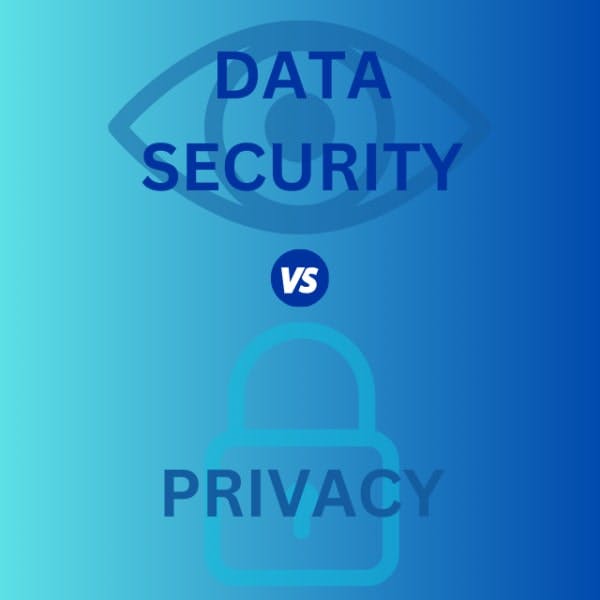In 2024, as the uses and potential uses of AI continue to skyrocket into nearly every industry, cyberattacks and data breaches seem to be a near-daily occurrence, and bills and legislation to govern this exponential growth continue to pop up around the globe, there are two words that continue to dominate headlines: privacy and security. Related? Absolutely. Interchangeable? Not so much. In this brief blog, we’ll explore what defines each, explain the key differences, and highlight how and why one is never far from the other.
Depending on where you look the specific wording may vary, but the distinct essence behind the meanings of each are indisputable; the National Institute of Standards and Technology (NIST) provides two of the following definitions:
- Privacy - the right of a party to maintain control over and confidentiality of information about itself
- Security - a condition that results from the establishment and maintenance of protective measures that enable an organization to perform its mission or critical functions despite risks posed by threats
In simpler terms, the common misconception that both are equivalent can be avoided by remembering that privacy addresses the use and governance of sensitive or personal data, while security encompasses the measures taken to protect this data.
While each has a critical and distinct purpose, data privacy and security work hand-in-hand to achieve the overall goal of protecting data. It’s important to note here that it’s possible for security to exist without privacy, but this doesn’t hold true the other way around; security is a necessary requirement for privacy. This can be illustrated by using real-world examples. Until fairly recent shifts in attitude, privacy was not viewed as essential, while security has been considered essential for years. Even though the technology and tools are constantly evolving, concepts such as access control, encryption, and network security have long been priorities. Personal data was (and is) constantly being collected by organizations, and security controls such as those mentioned have been implemented to protect it from unauthorized access. But before the shift toward increased control and transparency of an individual’s own personal data, your consent wasn’t necessarily required to authorize that access - companies were more than happy to authorize access to that personal data to other entities and organizations…for a price. Secure? Yes. Private? No.
As for the inverse: let’s say you’ve given your consent to a major tech company (Meta, Google, Apple, take your pick) and they collect endless amounts of personal data about you. This data has to be stored somewhere. Of course, it’s required and expected that ample security measures are being taken to protect that data that is now under their ‘care’. Now imagine this tech company stored all of your personal data somewhere without encryption or without access controls, disregarding the security component of data protection. In this case, the existence of privacy is immediately invalidated by default. If proper security isn’t implemented, then privacy becomes a moot point, as there is nothing stopping the exposure of your personal data.
Much more can be said to elaborate on the similarities, differences, and overlap of these two fundamental aspects of data protection. As both continue to dominate news headlines and regulations around the world, it’s crucial to understand the foundations of data privacy and security - they’re more than just buzzwords.
